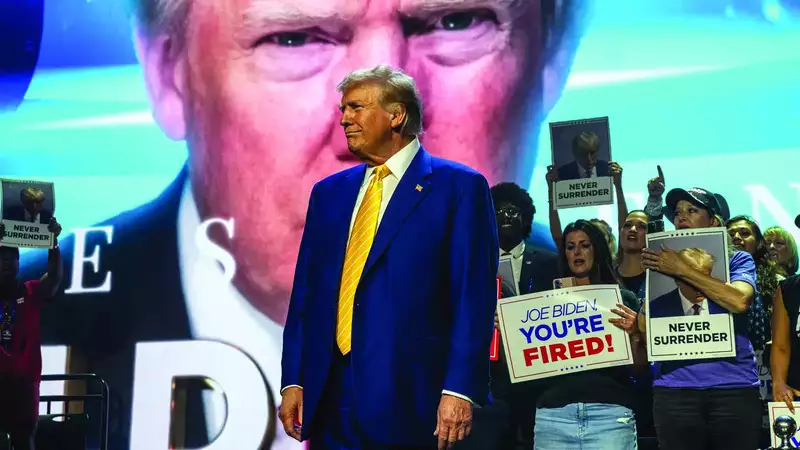In a recent column in The Times of India, I showed that Indian business was not a small cozy club of crony capitalists: newcomers kept getting into the top 30 with surprising regularity. Of the 30 companies in the Bombay Sensex in 1990, only nine are still there. The Birlas are down to one company in the Sensex against five in 1990, and the Tatas to four today against six in 1990. Of the six multinationals in the Sensex in 1990, only two are still there.
This analysis has drawn two main criticisms. One is that while there is indeed a churn in Indian business, it has slowed down recently. The second is that crony capitalism is now producing as much or more wealth than productive merit, giving economic reform a terrible name.
There is some truth in both criticisms, yet they are no more than qualifications to the more important point that newcomers keep penetrating the top 30. Back in 1990, many economists argued that economic liberalisation would mean domination by a few business houses, while others said multinationals corporations would wipe out both big and small business houses. Both predictions have proved dead wrong.
I agree with Ruchir Sharma of Morgan Stanley that a regular churn of top companies is healthy in a society, and that we need newcomers who rise on merit while inefficient oldies should bite the dust. India is far from ideal on this score. Yet the actual churn has beaten all predictions.
Sharma says that only one company in the Dow Jones Index of 1960 is still there – General Electric . But for a fair comparison, we need to look at the post-reform period in India. I looked up the 1990 and 2010 lists of companies in the Dow. Fifteen of the 30 companies in the Dow today are survivors from 1990, against only nine in India. So, the churn has been bigger in India.
The newcomers in the Dow are mainly service companies (banks, retail, entertainment, telecom), three IT companies and two pharma companies (better seen as R&D companies than manufacturers). That looks to me like a steady shift from manufacturing to services as the US goes into a post-industrial phase. It looks less revolutionary than changes in India.
However, Sharma says that most of the churn in India took place in the 1990s, and has later slowed down. In 2011, he says, almost 90% of the weight of the Sensex comes from companies that were in the index five years ago, indicating a lack of churn. The same statistic in 2006 was 68%, and in 2001 was 38%.
Arelated point is made in an IMF working paper by Ashoka Mody, Anusha Nath and Mi-chael Walton, looking at profit trends in all the companies listed on the Bombay Stock Exchange.
This concludes that profit increases are associated with higher productivity and efficiency, not monopoly power; so rising profits are more a sign of dynamism than entrenchment. At the same time, \”the robust process of new entry seems to have stopped, and there well have been some increase in industry concentration in the 2000s.\”
Now, the abolition of industrial licensing in 1991 was like the opening of a dam\’s floodgates, which produces a huge initial gush followed by a lesser flow. Is the recent slowing of business entry in India normal and non-alarming after an initial gush, or should we worry? The IMF study suggests that while overall there is dynamism, the concentration of market share in some industries is high enough to exceed US benchmarks for competitive behaviour.
Aquick look across economic sectors suggests plenty of domestic competition. India has become famous for frugal engineering (exemplified by the Nano), and this is an outcome of intense competition. Nevertheless, procedural barriers certainly exist for medium companies, as highlighted in the Doing Business series of the IFC/World Bank. The Doing Business edition for 2011 puts India at 165th out of 183 countries in ease of starting a new business, 177th in obtaining a construction permit, and 182nd in enforcement of contract. Industrial licensing may have been abolished and imports of goods and technology may have become easy, but clearly major barriers still exist that are especially onerous for small and medium companies.
We must reform a host of rules and procedures at the state government level. The more simple and rule-based business is, the more talented newcomers will oust less efficient oldies. Crony capitalism hogs the headlines. Yet, industrial and financial deregulation since 1991 means that political discretion affects only parts of the economy, above all natural resources, real estate and government contracts. These are large sectors, yet they constitute a minority of total economic activity. I am told by industrialists in other sectors that in many states they don\’t have to make political pay-offs to survive or flourish. They complain bitterly of low-level corruption from hordes of inspectors and petty officials, but this is not cronyism and does not create oligarchies.
As for big corruption, the rise of the middle class had changed the old chalta hai attitude to corruption. Public anger now overflows through TV channels, and obliges politicians to take notice. Hopefully, this will force muchneeded changes in policies. Future allocations of natural resources and awards of government contracts need to be done through competitive bidding, not political discretion. A Lokpal with teeth can change political incentives.
In sum, while in most sectors competition is keen and newcomers can break through, we still need substantial reforms to reduce procedural barriers and corruption, especially in land and natural resources. This will not only increase business churn but create a business class that is respected for merit, not hated for sleaze.





Dear Mr. Aiyar, I really enjoy reading your articles, columns and blog.
And I would love to read your take on what would really happen in India if the Corruption levels were to go down several notches (say to 50% of the existing level)?
If 50% of the black money stashed by bigwigs were to captured and mainstreamed, how would this affect the economy and the common man?
Is it in any way possible that we have Politicians only from the IAS or any similar professional qualifications?